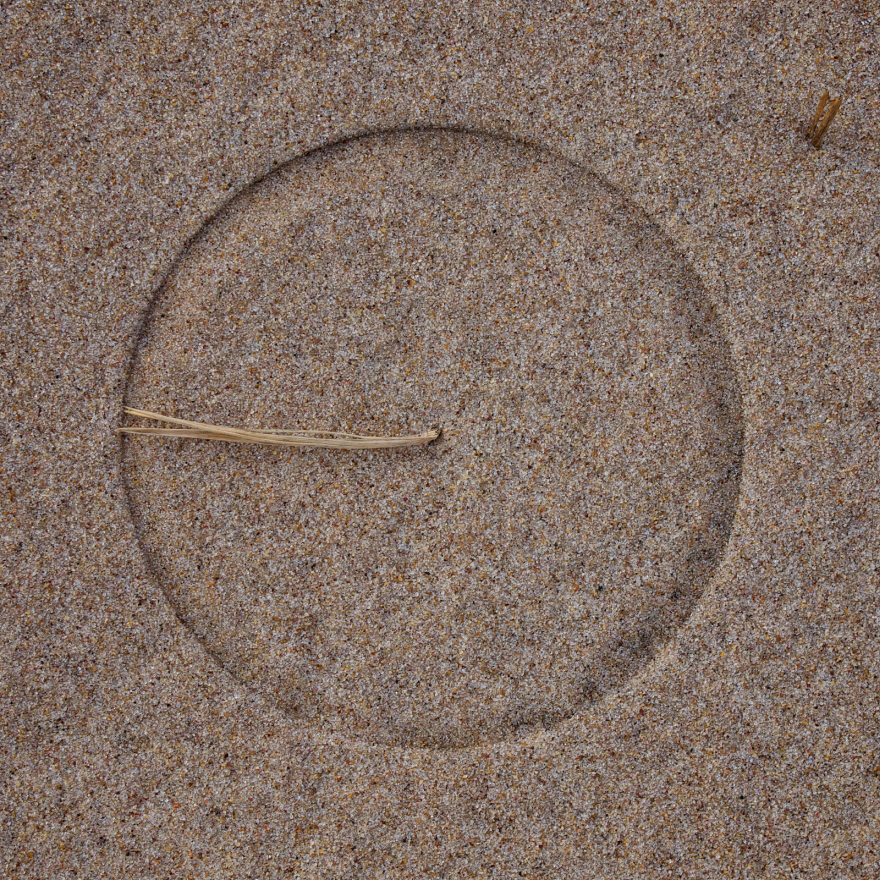As the idea of autonomous cars becomes more widely accepted, there's a challenge that tomorrow's automotive designers will need to tackle: how to design desirability into the autonomous car?
Industry consensus is that the move to autonomous cars is a gradual but inevitable process. We already expect increasingly more sophisticated driver-assistance technology embedded in our cars and we have an expectation that this technology will continually improve. So while autonomous technology is expected, what we're perhaps not prepared for is the revolutionary vehicle-architecture opportunities that fully autonomous cars promise to give us.
The challenge for future auto-design students: Projecting 15 years into the future, without the traditional horse-and-carriage architecture of the internal-combustion powered car or the form-defining crash-structure required when inconsistent humans drive. The challenge is:
How to make a mobile living-room sexy?
In one sense, it's remarkable how creatively the self-driving car has been explored recently, in what is still the very early days of the idea being generally accepted. Concepts for self-driving cars existed in the imagination of Detroit's finest minds back in the mid-1950s, motivated by the start of the space-race, post-war optimism, and a buoyant economy. And there have been many more examples recently, with the Google car being the most widely known.
The self-driving car is most interesting, though, in the context of established automotive brands who are dealing with maintaining or growing market share, but who also, critically, have a carefully managed image to protect.
![]() Vovlo's IntelliSafe Autopilot allows for some flexibility to choose when to cede control to the car.
Vovlo's IntelliSafe Autopilot allows for some flexibility to choose when to cede control to the car.For Volvo, the epitome of elegant safety with a dash of Scandi-chic, focusing on the benefits that the technology brings to safety and lifestyle makes perfect sense. 2015 saw a slew of self-drive ideas, from its relatively simple behind-the-wheel controls of theIntelliSafe Autopilot "your co-pilot on the road," which allows the driver some flexibility to choose when to cede control to the car, to the more radical Concept 26–effectively a series of non-driving modes for the driver in an existing conventionally-styled vehicle.
![]() Volvo's Concept 26, a series of non-driving modes in a conventionally-styled vehicle.
Volvo's Concept 26, a series of non-driving modes in a conventionally-styled vehicle.Cleverly, Volvo has focused purely on the improvements to interior usability (and pedestrian safety) that its IntelliSafe AutoPilot technology will offer, and steered clear of creating a new exterior aesthetic.
Mercedes looks towards another route—notably, farther into the future—with its F 015 Luxury in Motion concept, which develops what Mercedes describe as "a mobile living space." As a fully-autonomous (Level 4) concept, the driving experience is obviously secondary here; it's 'the journey' that becomes the focus.
To that end media and social connectivity is key, and, reflecting this shift in focus towards the interior, the exterior design of the F 015 is very clearly defined by its interior function—it's a large volume that says 'people-carrier' from every angle.
![]() Mercedes' F 015 Concept is a "people-carrier."
Mercedes' F 015 Concept is a "people-carrier."Nissan takes yet another route with the IDS concept, a cohesive proposal that, like Volvo, explores controls 'morphing' according to whether the car is driving or 'being driven'. This selectable level of autonomy is developed around a number of scenarios and, crucially, there's an acknowledgment that for many of us, driving is not purely a chore to be endured; it's something we actively enjoy, a sensory experience that is hard-wired to our perceptions of freedom of movement, independence, even adrenaline.
![]() Nissan IDS exterior is more conventional than the Mercedes.
Nissan IDS exterior is more conventional than the Mercedes.The exterior form here is more conventional and dynamic than the Mercedes, and reflects the combined roles the IDS concept explores—it's both a responsible, responsive member of our urban environment, yet it knows when to have fun out on the open road. In the media for the IDS concept launch there's a scene based around our immaculately dressed hero driving out on country roads where he comes across a group of friendly and competitive motorcyclists…the IDS responds like a sports car, immersing the driver and passenger in a familiar interactive experience.
And many would argue that's precisely what most of us want—a car that responds to our mood: intelligent enough to allow us the responsibility and enjoyment of driving, yet completely in control of our precious cargo when Level 4 autonomy is required.
So, while the volume car companies have the R+D and incentive to develop cars that can fit within this changing landscape, what happens to the sports car manufacturers, who are low-volume companies that have built their history on involving sensation-rich machines?
This is where there's unchartered space in the autonomous concept marketplace—there's a huge opportunity for emotive 'design-desirability' that is, as yet, untapped.
It's hard to integrate this 'design-desirability' around the constraints of a so-called 'mobile living space'—and getting it right will be increasingly problematic, as Level 4 autonomy becomes more common. Currently, autonomous driving is being pushed for reasons of time-efficiency and safety (driver-error being cited as a reason for at least 90% of all vehicle accidents, according to the International Organisation for Road Accident Prevention), yet it's the dangerous act of driving that is central to the desirability of much of the car market.
So, while fully autonomous cars are perhaps inevitable, the opportunities for creating a car that recognizes the conflicting roles of protective cocoon on the one hand, and visual and sensory desirability on the other, are wide open for tomorrow's superstar automotive designers.
![]()


































































